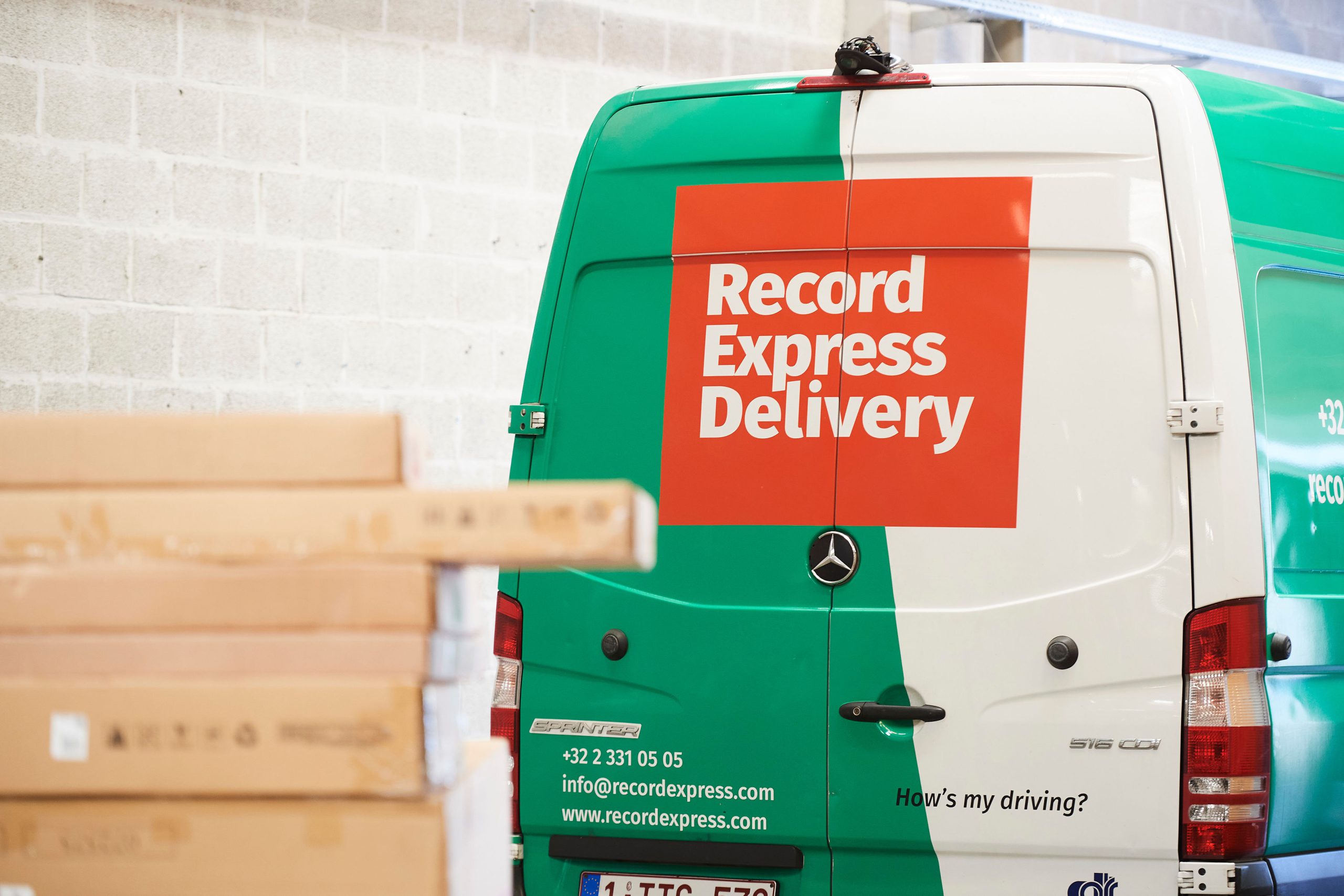White-Glove Furniture Delivery: What Belgian Customers Expect in 2025
What Belgian customers expect from white-glove delivery in 2025. SEND PARCELHome / Our Business Areas / Industry / White-Glove Furniture Delivery: What Belgian Customers Expect in 2025

Preventing damage in bulky furniture delivery requires professional packaging, two-person handling, photo proof, and clear workflows.
Record Express ensures this through own-fleet control, secure strapping, padded loading, and Home+ time-slot coordination.
Related hubs:
Furniture Delivery in Belgium Guide ·
Sustainable Furniture Logistics ·
Eco-Friendly Last-Mile Delivery
Why do bulky furniture deliveries get damaged?
Direct answer: Most furniture damage happens during loading, tight turns in buildings, or poor packaging. Minimising handling and securing loads properly prevents costly returns.
In Belgium’s dense cities, couriers often face stairs, narrow hallways, and limited parking.
Each extra handoff or rushed unload increases risk.
Record Express limits these risks by using in-house two-person teams and tail-lift vehicles designed for heavy and fragile goods.
Top damage causes
- Insufficient packaging for corners and legs
- Items stacked without separators
- Fast loading without secure straps
- Improper handling through stairwells
- Outsourced last-mile handoffs
How should bulky furniture be packed and loaded?
Direct answer: Use double-wall cartons, corner protectors, moving blankets, and anti-slip mats. Load heavy items against the bulkhead, strap vertically, and cushion every contact point.
Proper packaging prevents pressure marks and scratches. Record Express requires all high-value or fragile items to be wrapped, labelled with orientation arrows, and loaded with padding between items.
Vehicles are equipped with rails and ratchet straps for secure anchoring.
| Material | Use case | Benefit |
|---|---|---|
| Corner protectors | Wooden tables, cabinets | Absorbs impact and avoids chipping |
| Moving blankets | Polished or glass surfaces | Reduces scratches and friction |
| Pallet collars or reusable crates | Flat-packed furniture | Prevents collapse and improves stacking |
| Straps and edge bars | Heavy sofas, appliances | Keeps load stable in transit |
What handling methods reduce impact and vibration?
Direct answer: Two-person lift and carry, proper dolly selection, and avoiding dragging reduce impact stress.
Train crews to rotate items, not tilt them, through door frames.
Furniture edges are vulnerable during turns or stair ascents.
Record Express teams plan paths before moving, using protective gloves and sliders for tiled floors.
Tail-lifts with shock absorption also limit drops when unloading heavy loads.
Handling best practices
- Plan movement paths before lifting
- Keep items vertical and balanced
- Use dollies or sliders for long corridors
- Never push or drag on flooring
- Use two-person lift for >25 kg items
How can delivery teams prevent damages during installation?
Direct answer: Verify access constraints, measure doors, and confirm customer readiness before arrival.
Document every handoff with photos and signatures.
Access surprises cause 40 % of damage claims.
Ask customers about lift availability, stair width, or fragile floors during booking.
Record Express uses SMS confirmations and pre-arrival photos to validate site conditions.
| Check | Why it matters | When to confirm |
|---|---|---|
| Door and hallway width | Avoid scratches and stuck items | At booking |
| Lift capacity or floor access | Prevents manual overexertion | 1 day before delivery |
| Parking and loading zone | Reduces rushed unloading | Morning of delivery |
What documentation and KPIs ensure quality control?
Direct answer: Use photo proof of delivery, serial tracking, and on-time/damage KPIs.
Monitor first-attempt success and resolution time to continuously improve.
Record Express tracks every delivery with timestamped photos and driver notes.
Reports summarise on-time rate, damage rate, and average handling time per stop—critical data for retailers and partners.
Core delivery KPIs
- On-time performance ≥ 98 %
- Damage rate < 0.5 %
- First-attempt success ≥ 95 %
- Average handling time per stop ≤ 15 min
Talk to Record Express for training, packaging, and route optimisation support.
FAQ
Do you provide packaging materials?
Yes. We supply protective blankets, straps, and corner guards for all heavy or fragile deliveries.
How are damages recorded?
Drivers take photos at pickup and drop-off with timestamps. All data feeds into a central claim dashboard.
Can Record Express train external crews?
Yes. We offer operational workshops on loading, route planning, and safe handling for partner retailers.
Sources & Further Reading

Record Express was awarded a 59/100 score by EcoVadis, the global leader in sustainability ratings.